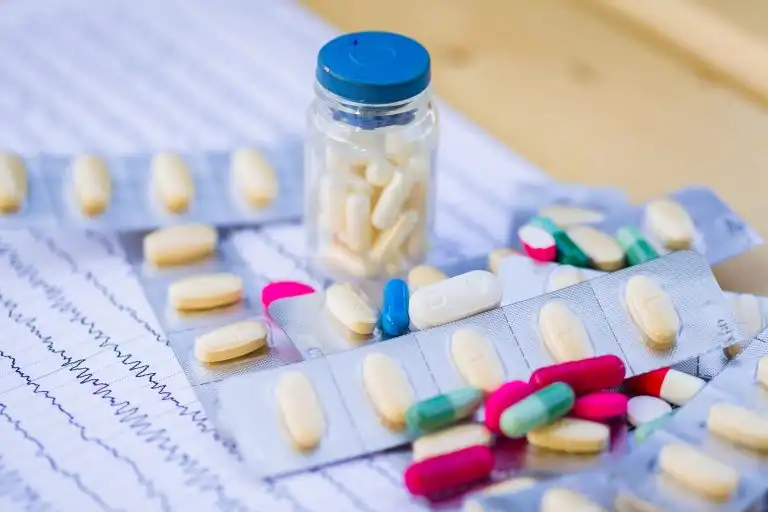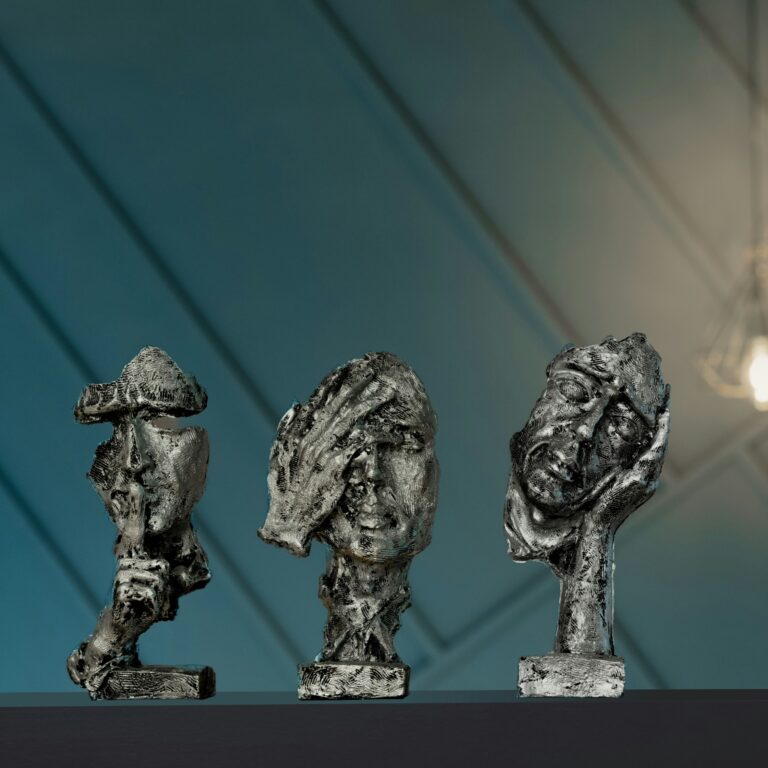Treatment for Crack and Cocaine: A Primer
Although there is confusion around the topic in the general public, cocaine and crack are actually two forms of the same drug and they are almost chemically identical. Powder cocaine comes from processing coca leaves. Crack is powdered cocaine that has been mixed with baking soda (sodium bicarbonate) and water. It is then cooked down… Read more
Reviewed by
at PsychPlus
December 8, 2022

Although there is confusion around the topic in the general public, cocaine and crack are actually two forms of the same drug and they are almost chemically identical. Powder cocaine comes from processing coca leaves. Crack is powdered cocaine that has been mixed with baking soda (sodium bicarbonate) and water. It is then cooked down to a solid substance. This process can make the effects of the drug more immediate and intense, with it immediately entering the blood stream and triggering the brain pleasure centers. People can get quickly addicted to crack since they attempt to replicate their high, but need more and more crack to do so. The moniker crack derives from the crackling sound produced when it is smoked.
The National Institute on Drug Abuse at the NIH tells us that addiction to drugs such as crack is a complex disease with changes in the brain and a broad “range of social, familial, and other environmental factors. Treatment of cocaine addiction really has to address this broad context and other co-occurring disorders.
Addiction to crack and cocaine can be treated in similar ways but the care should always be directed by a doctor or other appropriate healthcare professional. A multi-tiered approach to treatment usually involves abstinence, cognitive behavioral therapy, and self-help groups. Although there are no drugs specifically approved by the FDA for cocaine or crack addiction, drugs sometimes prescribed to help patients include Modafinil, Topiramate, Vigabatrin and Gabapentin.
About 1.3 million Americans had what is referred to as “a past-year cocaine use disorder.” Because crack and cocaine are very addictive, relapse is a major problem, with one in four back on the drugs within a year of treatment.
Find a mental health care provider near you
Learn about the conditions we treat


